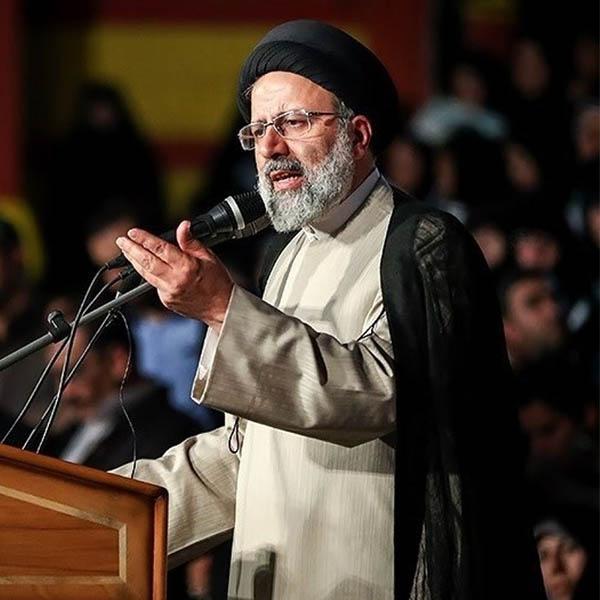Key Figures and Leaders
Featured Leadership
-
-
-
Ayatollah Ahmad Jannati
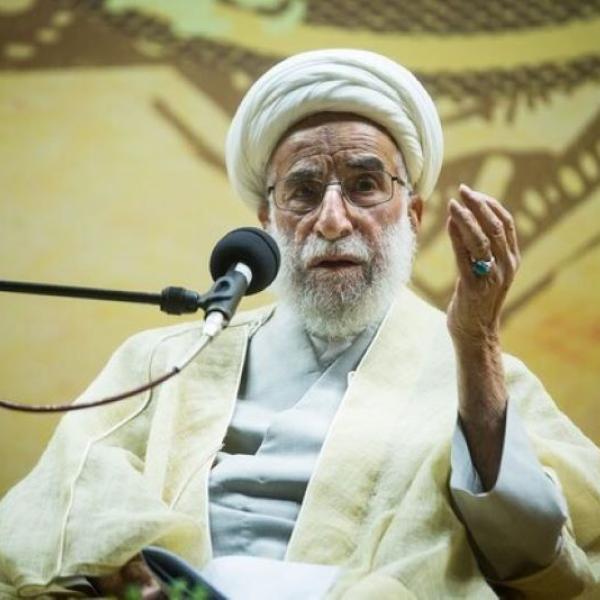
Chairman of Iran’s Assembly of Experts and Secretary of the Guardian Council
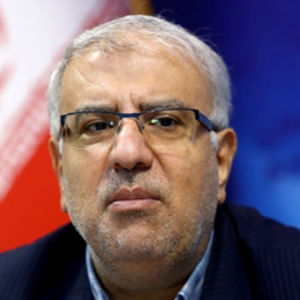
Javad Oji
Islamic Republic of Iran Oil Minister
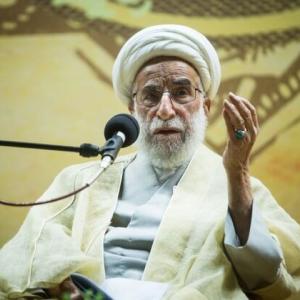
Ayatollah Ahmad Jannati
Chairman of Iran’s Assembly of Experts and Secretary of the Guardian Council
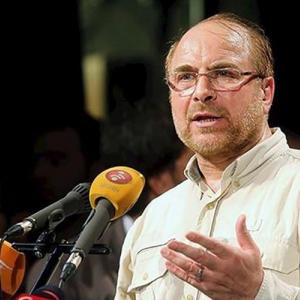
Mohammad Bagher Ghalibaf
Speaker of Iran's Parliament
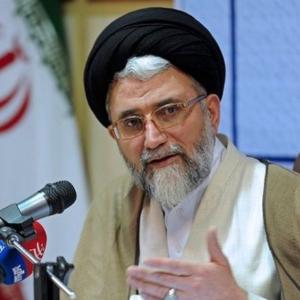
Esmail Khatib
Islamic Republic of Iran Minister of Intelligence
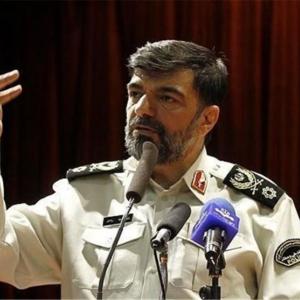
Ahmad-Reza Radan
Commander of the Islamic Republic of Iran’s Law Enforcement Command
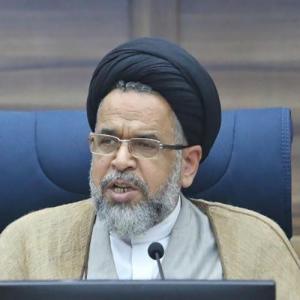
Hojatoleslam Mahmoud Alavi
Former Intelligence Minister of Iran
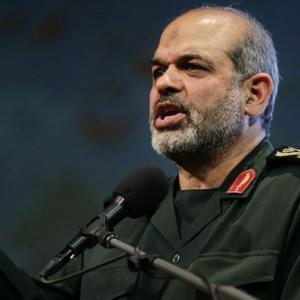
Ahmad Vahidi
Islamic Republic of Iran Minister of Interior
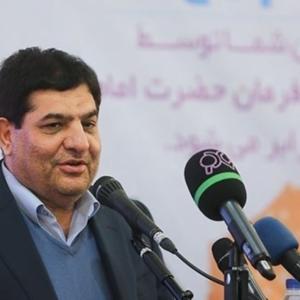
Mohammad Mokhber
First Vice President of Iran
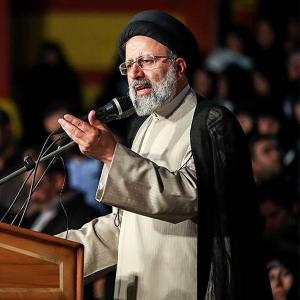
Ayatollah Ebrahim Raisi
President of Iran
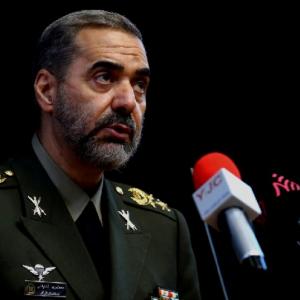
Mohammad-Reza Ashtiani
Islamic Republic of Iran Minister of Defense
Receive Iran News in Your Inbox.
Eye on Iran is a news summary from United Against Nuclear Iran (UANI), a section 501(c)(3) organization. Eye on Iran is available to subscribers on a daily basis or weekly basis.
×
